45 r factor levels labels
Convert variable into factor with associated value labels Source: R/as_character.R, R/as_label.R. as_label () converts (replaces) values of a variable (also of factors or character vectors) with their associated value labels. Might be helpful for factor variables. For instance, if you have a Gender variable with 0/1 value, and associated labels are male/female, this function would convert all 0 to ... Renaming levels of a factor - cookbook-r.com It's possible to rename factor levels by name (without plyr), but keep in mind that this works only if ALL levels are present in the list; if any are not in the list, they will be replaced with NA. It's also possible to use R's string search-and-replace functions to rename factor levels. Note that the ^ and $ surrounding alpha are there ...
Factor in R: Categorical Variable & Continuous Variables - Guru99 Categorical variables in R are stored into a factor. Let's check the code below to convert a character variable into a factor variable in R. Characters are not supported in machine learning algorithm, and the only way is to convert a string to an integer. Syntax factor (x = character (), levels, labels = levels, ordered = is.ordered (x)) Arguments:

R factor levels labels
How to Reorder Factor Levels in R (With Examples) - Statology How to Reorder Factor Levels in R (With Examples) Occasionally you may want to re-order the levels of some factor variable in R. Fortunately this is easy to do using the following syntax: factor_variable <- factor(factor_variable, levels=c ('this', 'that', 'those', ...)) The following example show how to use this function in practice. Display All X-Axis Labels of Barplot in R - GeeksforGeeks 09.05.2021 · This article deals with resolving the problem in the R programming language. Method 1: Using barplot() In R language barplot() function is used to create a barplot. It takes the x and y-axis as required parameters and plots a barplot. To display all the labels, we need to rotate the axis, and we do it using the las parameter. How to Rename Factor Levels in R (With Examples) - Statology How to Reorder Factor Levels in R. Published by Zach. View all posts by Zach Post navigation. Prev How to Calculate Cosine Similarity in Excel. Next How to Plot Multiple Histograms in R (With Examples) Leave a Reply Cancel reply. Your email address will not be published. Required fields are marked *
R factor levels labels. How to Rename Factor Levels in R using levels() and dplyr - Erik Marsja Furthermore, we can see that this variable has two factor levels. In the, we are going to use levels() to change the name of the levels of a categorical variable. First, we are just assigning a character vector with the new names. Second, we are going to use a list renaming the factor levels by name. Example 1: Rename Factor Levels in R with ... R Factor and Factor Levels: How to Create Factors in R - R-Lang Factors in R are the data objects used to categorize the data and store it as levels. Factors can store both strings and integers. Factors can be ordered or unordered and are an important class for statistical analysis and for plotting. Factors are saved as integers and have labels associated with these unique integers. FACTOR in R [CREATE, CHANGE LABELS and CONVERT data] - R CODER Factor in R Introduction to R Factors in R are used to represent categorical data. You can think about them as integer vectors in which each integer has an associated label. Note that using factors with labels is preferred than integer vectors, as labels are self-descriptive. In this lesson you will learn all about how to create a factor in R. Factors with forcats : : CHEAT SHEET - GitHub Factors with forcats : : CHEAT SHEET Change the value of levels The forcats package provides tools for working with factors, which are R's data structure for categorical data. R represents categorical data with factors. A factor 1 = is an integer vector with a levels attribute that stores a set of mappings between
Variable Labels and Value Labels in SPSS - The Analysis Factor But by having Value Labels, your data and output still give you the meaningful values. Once again, SPSS makes it easy for you. 1. If you’d rather see Male and Female in the data set than 0 and 1, go to View–>Value Labels. 2. Like Variable Labels, you can get Value Labels on output, along with the actual values. Just go to Edit–>Options ... R - Factor (Category, Enumerated Type) | R | Datacadamia - Data and Co A factor is also known as: category. or enumerated type. Factors can be unordered or ordered. A factor is an integer vector where each integer has a label. use the str function to see it. Factors are treated specially by modelling functions like lm () and glm () R - Class. R - Colon (:) Operator - Sequence generator. Levels in R: What are the Factor Levels - R-Lang Levels of a factor are gathered from the data if not provided. Levels in R The levels () is an inbuilt R function that provides access to the levels attribute. The first form returns the value of the levels of its argument, and the second sets the attribute. You can assign the individual levels using the gl () function. Factors in R - University of California, Berkeley The levels of a factor are used when displaying the factor's values. You can change these levels at the time you create a factor by passing a vector with the new values through the labels= argument. Note that this actually changes the internal levels of the factor, and to change the labels of a factor after it has been created, the assignment form of the levels function is used.
How to create a factor in R? | Advantages of a factor - EDUCBA factor(x = character(), levels, labels = levels, ordered = is.ordered(x)) Where, X is a set of categorical data. As we already discussed it should be a string or integers. Levels are set of value which can be taken by X. Levels contains all the unique value available in the column (x). Labels as the name suggest labeling of the data available at X. Ordered determines if the levels … gl() Function in R (2 Examples) | How to Generate Factor Levels & Labels As you can see based on the previous output of the RStudio console, we have created a new data object called x1, which contains 15 elements and three different factor levels. Example 2: Specify Labels within gl () Function The following R code illustrates how to change the values (i.e. the labels) of a factor variable created by the gl function. Getting Started with R - Part 7: Factors - Levels and Labels You can set the levels labels after constructing a factor. This would be similar to passing in the labels parameter. We can pass a full new vector or just labels the labels of the levels selectively. Let us just change factor label 1 from "Jack" to "Mr. Prelutsky". levels(repeat_factor_labeled) [1] <- "Mr. Prelutsky" repeat_factor_labeled PDF Factors with forcats : : CHEAT SHEET - GitHub Factors with forcats : : CHEAT SHEET Change the value of levels The forcats package provides tools for working with factors, which are R's data structure for categorical data. R represents categorical data with factors. A factor 1 = is an integer vector with a levels attribute that stores a set of mappings between
R Graphics Cookbook, 2nd edition 24.09.2022 · This cookbook contains more than 150 recipes to help scientists, engineers, programmers, and data analysts generate high-quality graphs quickly—without having to comb through all the details of R’s graphing systems. Each recipe tackles a specific problem with a solution you can apply to your own project and includes a discussion of how and why the …
levels function - RDocumentation levels provides access to the levels attribute of a variable. The first form returns the value of the levels of its argument and the second sets the attribute.
R Factors and Factor Levels (With Examples) - DataMentor Here, we can see that factor x has four elements and two levels. We can check if a variable is a factor or not using class () function. Similarly, levels of a factor can be checked using the levels () function. > class (x) [1] "factor" > levels (x) [1] "married" "single" How to create a factor in R?
r - Confusion between factor levels and factor labels - Stack Overflow Very short : levels are the input, labels are the output in the factor () function. A factor has only a level attribute, which is set by the labels argument in the factor () function. This is different from the concept of labels in statistical packages like SPSS, and can be confusing in the beginning. What you do in this line of code
How to count values per level in a factor in R - GeeksforGeeks Method 1 : Using summary () method. summary () method in base R is a generic function used to produce result summaries of the results of the functions computed based on the class of the argument passed. The summary () function produces an output of the frequencies of the values per level of the given factor column of the data frame in R.
15.10 Changing the Names of Factor Levels - R Graphics 11.1 Splitting Data into Subplots with Facets. 11.2 Using Facets with Different Axes. 11.3 Changing the Text of Facet Labels. 11.4 Changing the Appearance of Facet Labels and Headers. 12 Using Colors in Plots. 12.1 Setting the Colors of Objects. 12.2 Representing Variables with Colors.
FACTOR in R [CREATE, CHANGE LABELS and CONVERT data] - R … 22.03.2020 · The factor function. The factor function allows you to create factors in R. In the following block we show the arguments of the function with a summarized description. factor(x = character(), # Input vector data levels, # Input of unique x values (optional) labels = levels, # Output labels for the levels (optional) exclude = NA, # Values to be excluded from levels …
All Chart | the R Graph Gallery A list of about 400 charts made using R, ggplot2 and other libraries. Click the image for explanation and reproducible code. Most basic . Most basic stacked area chart you can build with R and ggplot2, using the geom_area function. Small multiple. Small multiple is probably the best alternative, making obvious the evolution of each gropup. Most basic. Most basic area chart …
Quick-R: Value Labels Value Labels To understand value labels in R, you need to understand the data structure factor. You can use the factor function to create your own value labels. # variable v1 is coded 1, 2 or 3 # we want to attach value labels 1=red, 2=blue, 3=green mydata$v1 <- factor (mydata$v1, levels = c (1,2,3), labels = c ("red", "blue", "green"))
Data Wrangling: De factores, levels and labels - R que R Vamos a crear un nuevo objeto especificando los levels y los labels para dejar claro la diferencia entre ambas: vab_pc_fct_levels_labels <- factor (vab_pc, levels = c ("muy.baja", "baja", "media", "alta", "muy.alta"), labels = c ("nivel_muy_bajo", "nivel_bajo", "nivel_medio", "nivel_alto", "nivel_muy_alto"))
R 因子 | 菜鸟教程 R 语言创建因子使用 factor () 函数,向量作为输入参数。 factor () 函数语法格式: factor(x = character(), levels, labels = levels, exclude = NA, ordered = is.ordered(x), nmax = NA) 参数说明: x:向量。 levels:指定各水平值, 不指定时由x的不同值来求得。 labels:水平的标签, 不指定时用各水平值的对应字符串。 exclude:排除的字符。 ordered:逻辑值,用于指定水平是否有序。 nmax:水平的上限数量。 以下实例把字符型向量转换成因子: 实例 x <- c("男", "女", "男", "男", "女") sex <- factor( x)
R Factors and Tables - Emory University R Factors and Tables. One often has to deal with categorical variables in statistics (i.e., variables at the nominal or ordinal level of measurement). In R, these are best dealt with through the use of factors. For example, fertilizers typically have three main ingredients, nitrogen (N), phosphorous (P), and potassium (K).
Graphics in R with ggplot2 - Stats and R 21.08.2020 · Basic principles of {ggplot2}. The {ggplot2} package is based on the principles of “The Grammar of Graphics” (hence “gg” in the name of {ggplot2}), that is, a coherent system for describing and building graphs.The main idea is to design a graphic as a succession of layers.. The main layers are: The dataset that contains the variables that we want to represent.
relabel.factor function - RDocumentation Relabel the levels of factors to provide more descriptive names and reduce the number of factor levels. RDocumentation. Search all packages and functions. BCA (version 0.9-3) Description Usage. Arguments. Value Details. Powered by ...
R Factors - Operating on Factors and Factor Levels - TechVidvan labels is an optional vector of labels for the levels in the factor, exclude is a set of values that are excluded from the levels of the factor, ordered is a logical value that determines whether the factor is an ordered or unordered factor, nmax is an upper limit on the number of levels. Code:
factor function - RDocumentation The function factor is used to encode a vector as a factor (the terms 'category' and 'enumerated type' are also used for factors). If argument ordered is TRUE , the factor levels are assumed to be ordered. For compatibility with S there is also a function ordered >. is.factor, is.ordered, as.factor and as.ordered are the ...
Factor Levels in R | DataCamp When you first get a data set, you will often notice that it contains factors with specific factor levels. However, sometimes you will want to change the names of these levels for clarity or other reasons. R allows you to do this with the function levels (): levels (factor_vector) <- c ("name1", "name2",...) Powered by Datacamp Workspace Copy code
How to Rename Factor Levels in R? - GeeksforGeeks In this article, we are going to how to rename factor levels in R programming language. A factor variable in R is represented using categorical variables which are represented using various levels. Each unique value is represented using a unique level value. A factor variable or vector in R can be declared using the factor () method.
Sun protection factor (SPF): What is the best sunscreen? 18.06.2018 · We know we need sun protection to prevent damage from harmful UV rays, but how do we choose the right one? Learn what sunscreen labels mean, including the terms SPF and broad spectrum. Find out ...
How to Change the Levels of a Factor in R - ProgrammingR We want to rename factor levels in r so they are easier to understand. Let's take look at their values: # look at factor levels in r for wool > levels (warpbreaks$wool) [1] "A" "B" # look at factor levels in r for tension > levels (warpbreaks$tension) [1] "L" "M" "H"
How to Rename Factor Levels in R (With Examples) - Statology How to Reorder Factor Levels in R. Published by Zach. View all posts by Zach Post navigation. Prev How to Calculate Cosine Similarity in Excel. Next How to Plot Multiple Histograms in R (With Examples) Leave a Reply Cancel reply. Your email address will not be published. Required fields are marked *
Display All X-Axis Labels of Barplot in R - GeeksforGeeks 09.05.2021 · This article deals with resolving the problem in the R programming language. Method 1: Using barplot() In R language barplot() function is used to create a barplot. It takes the x and y-axis as required parameters and plots a barplot. To display all the labels, we need to rotate the axis, and we do it using the las parameter.
How to Reorder Factor Levels in R (With Examples) - Statology How to Reorder Factor Levels in R (With Examples) Occasionally you may want to re-order the levels of some factor variable in R. Fortunately this is easy to do using the following syntax: factor_variable <- factor(factor_variable, levels=c ('this', 'that', 'those', ...)) The following example show how to use this function in practice.
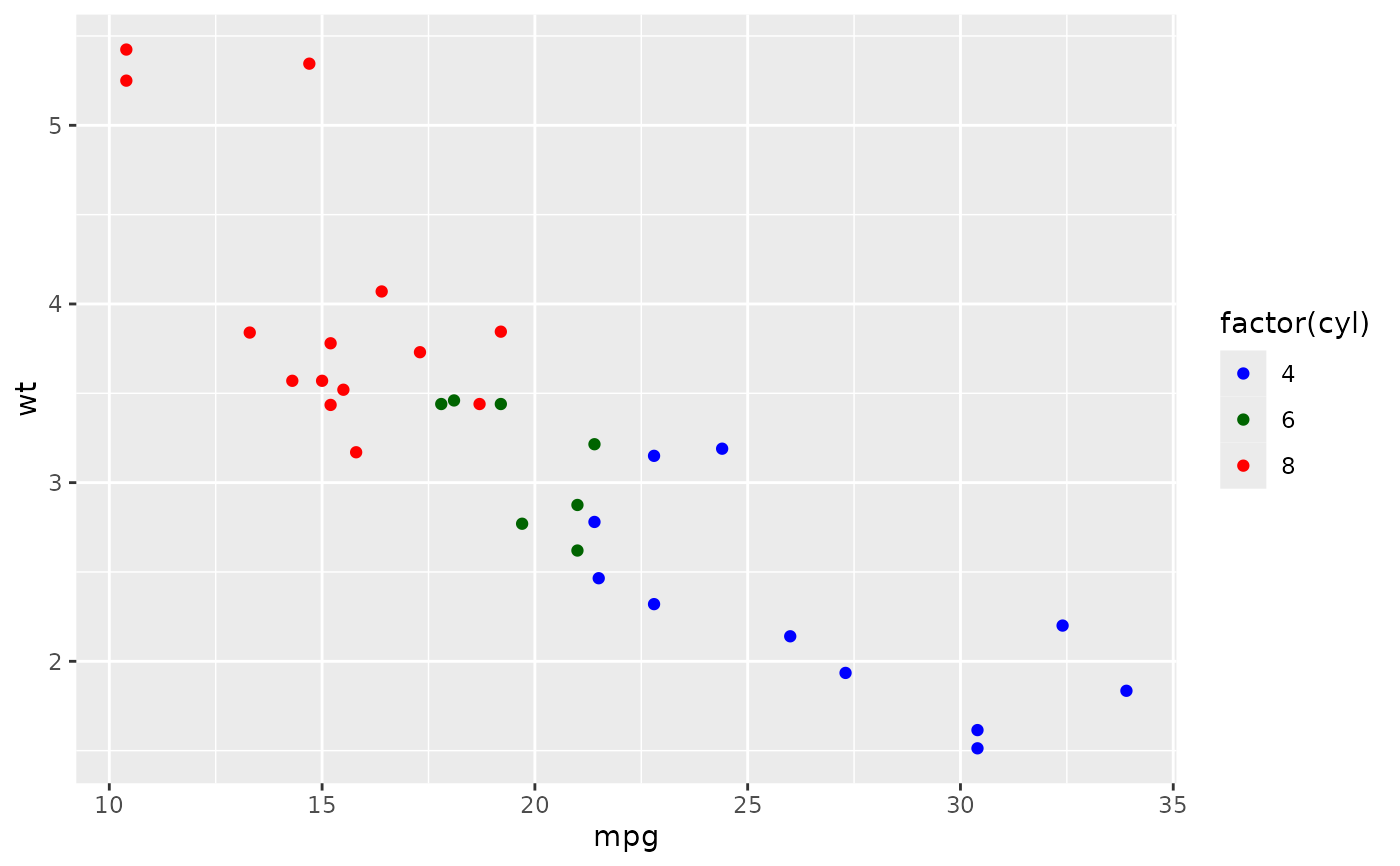


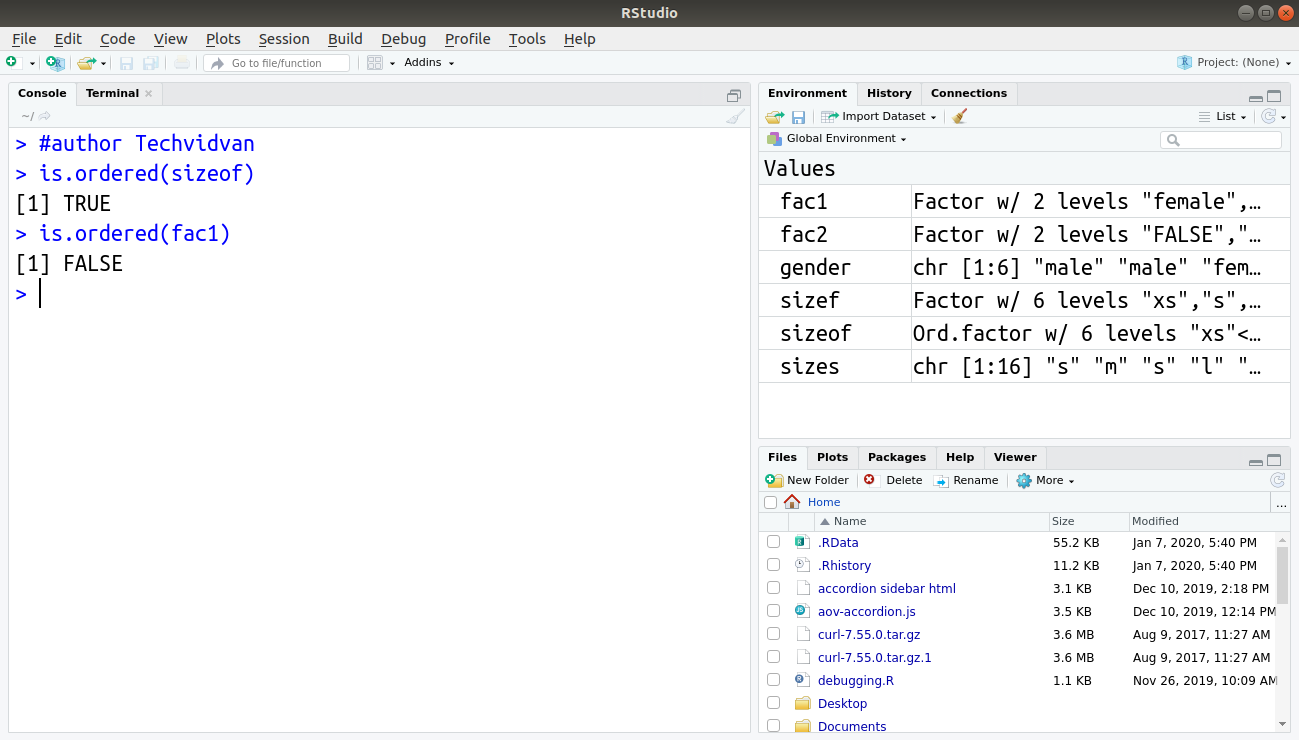



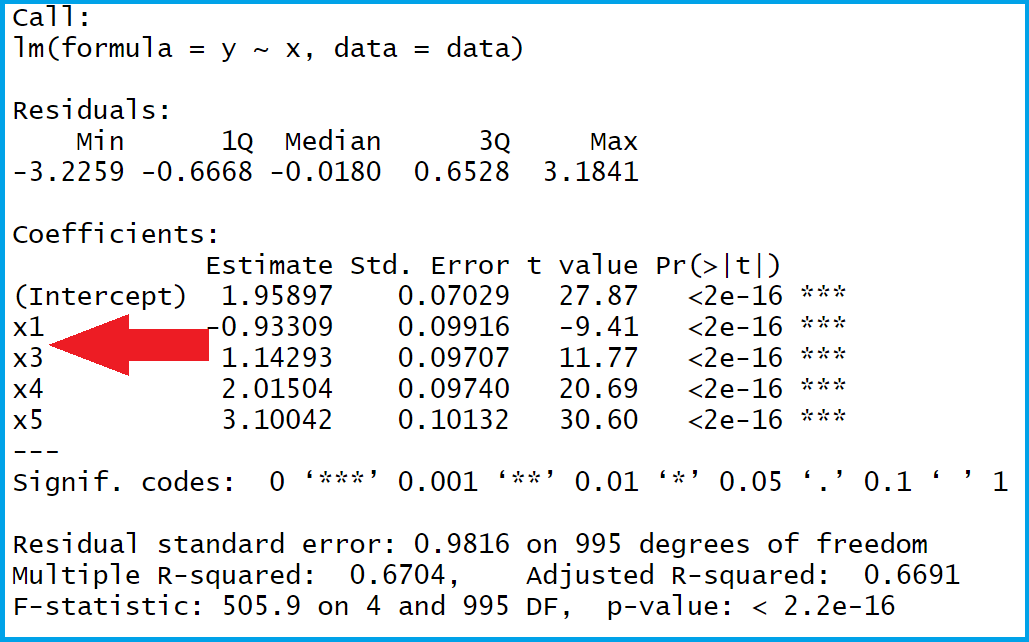

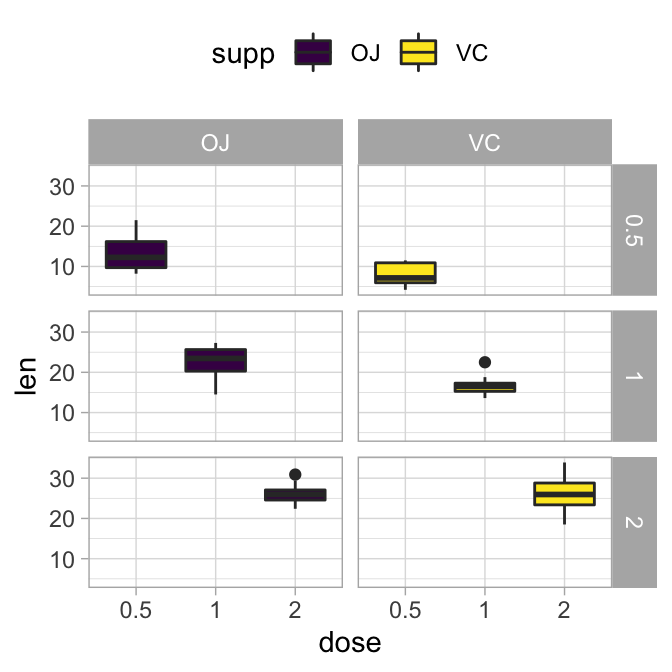
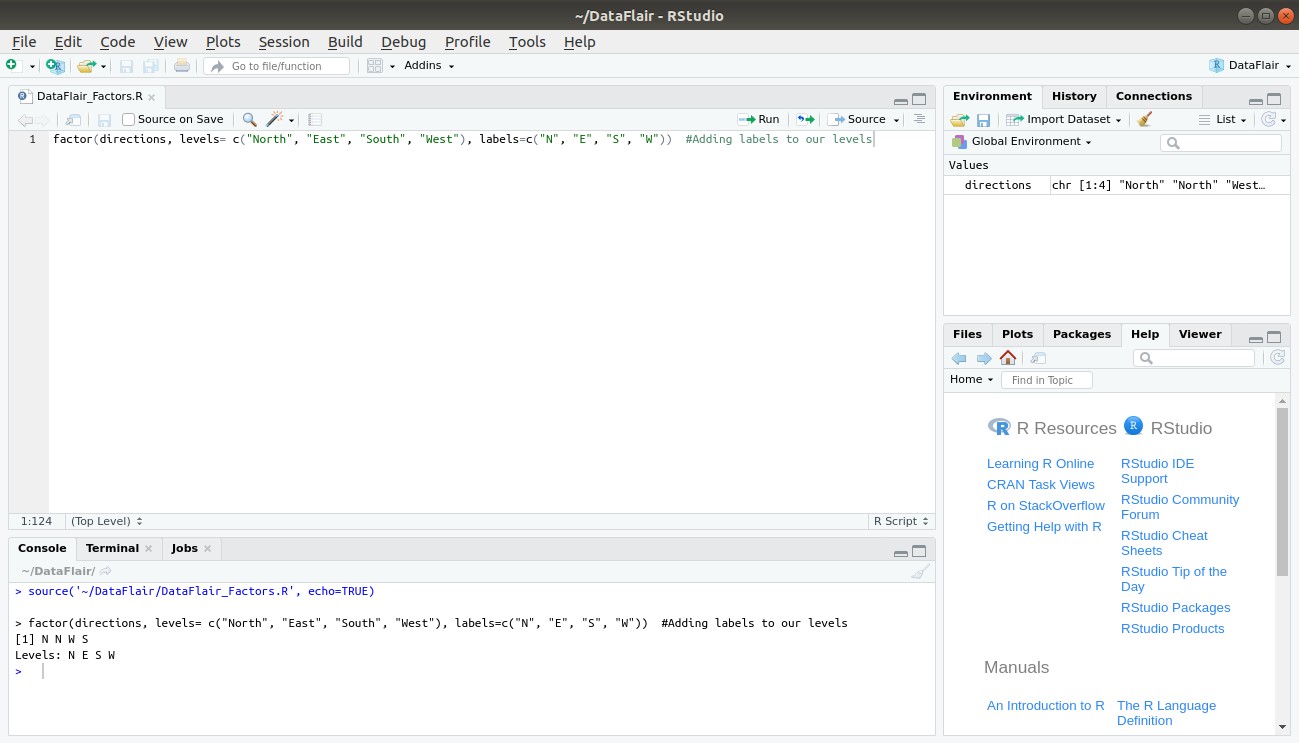

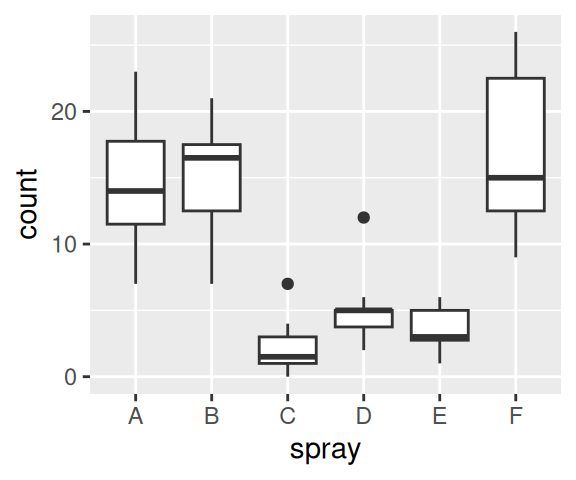

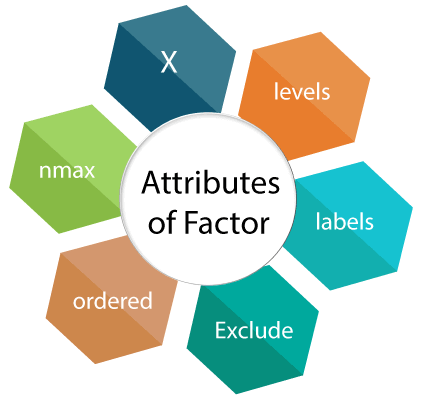




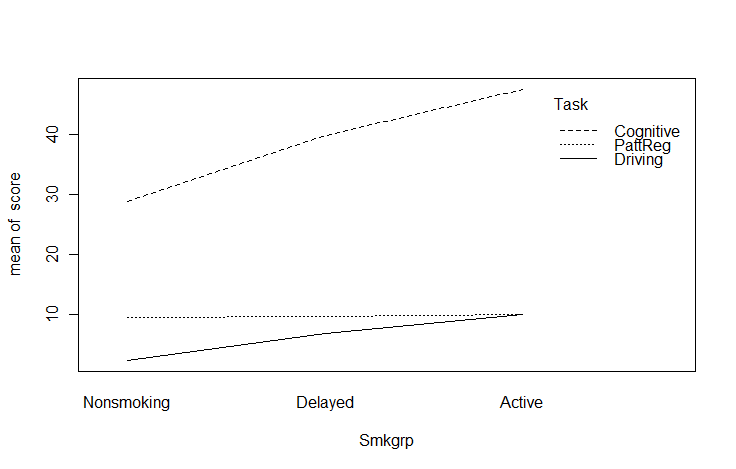

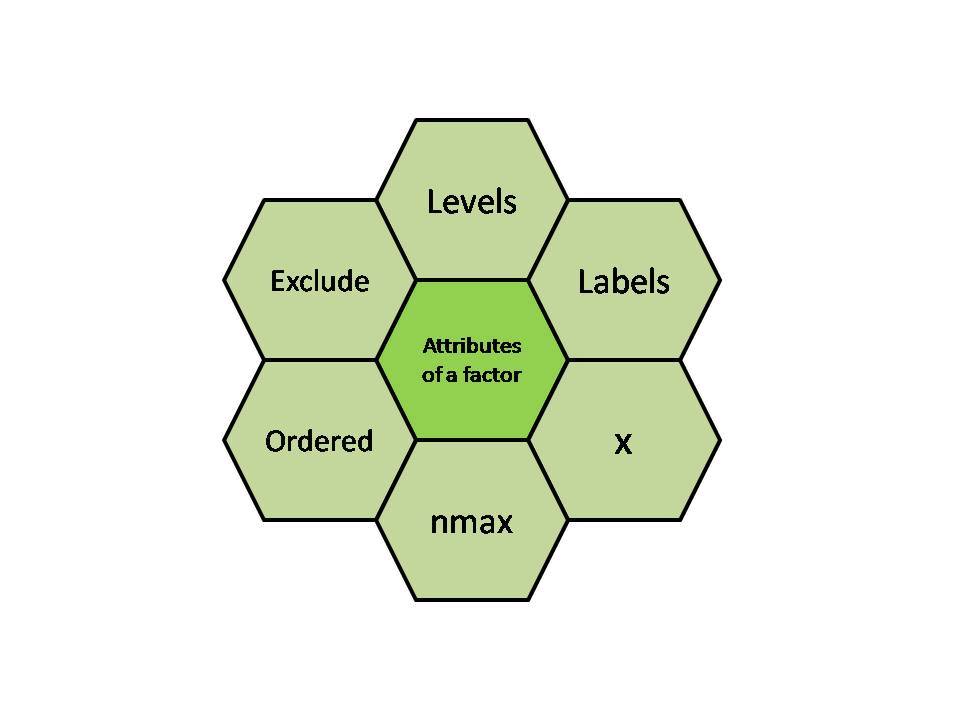


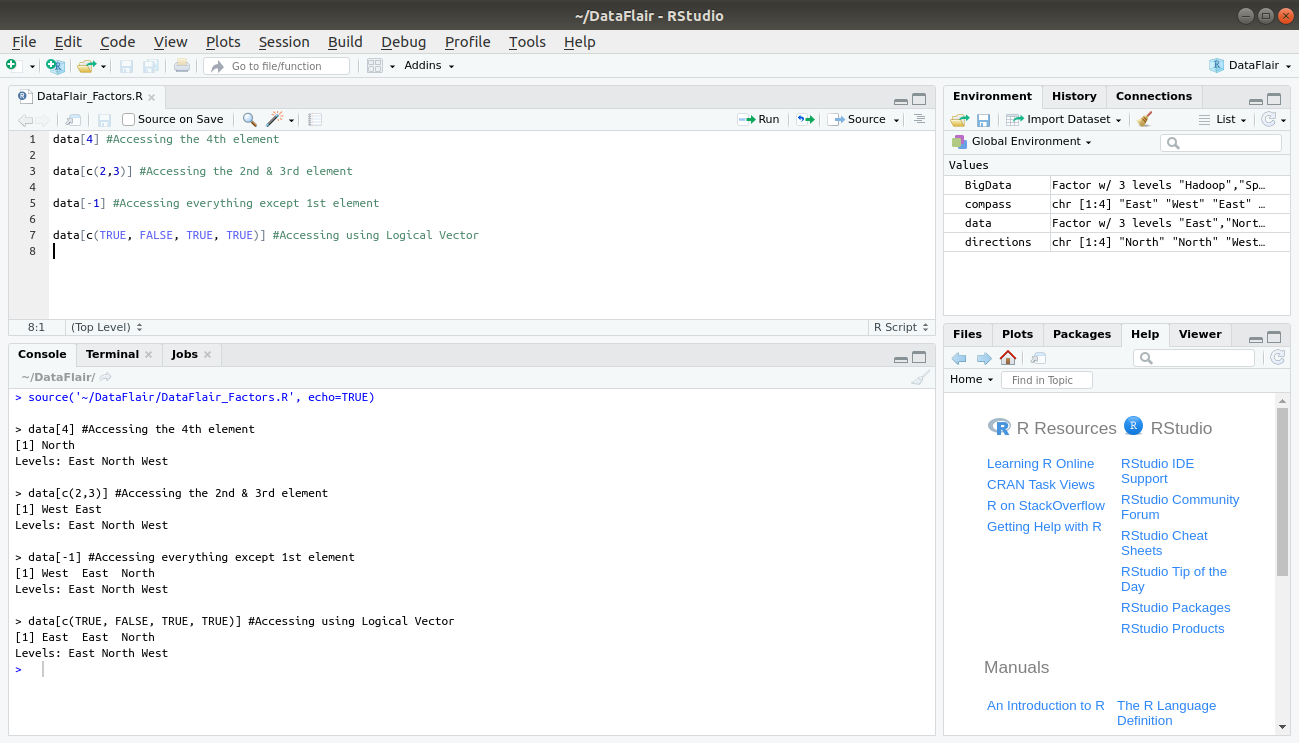


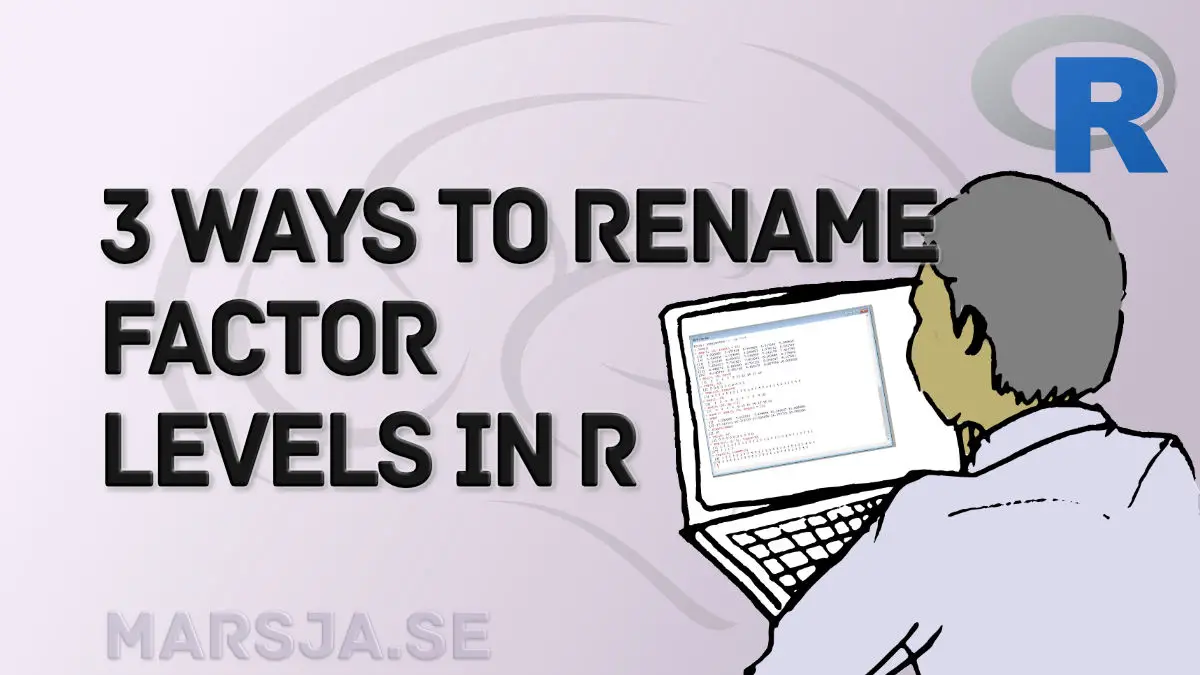

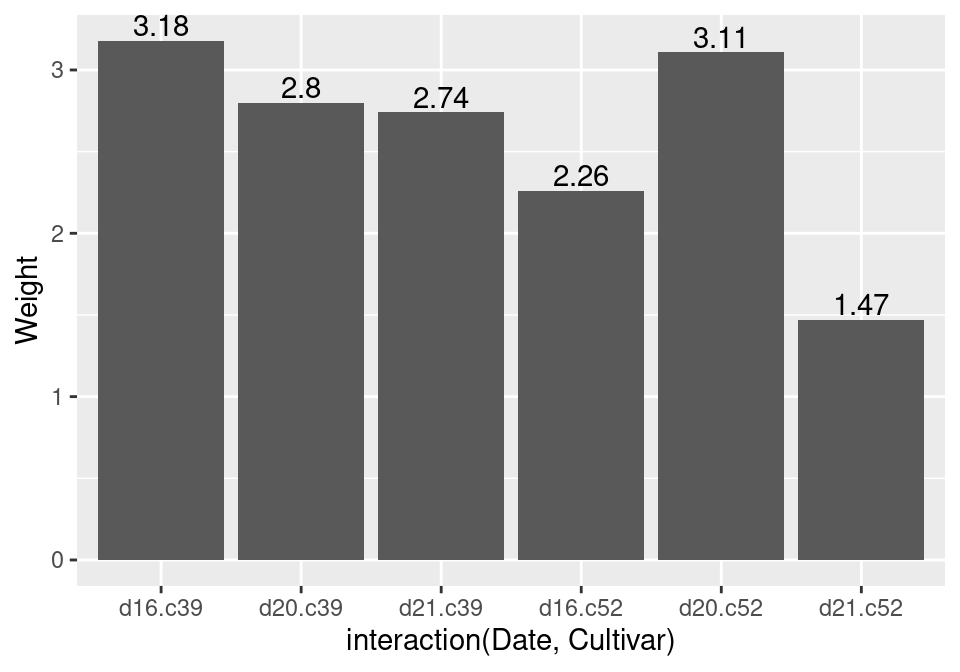
![FACTOR in R ▷ [CREATE, CHANGE LABELS and CONVERT data]](https://r-coder.com/wp-content/uploads/2020/06/Introduction-to-Statistical-Learning.png)


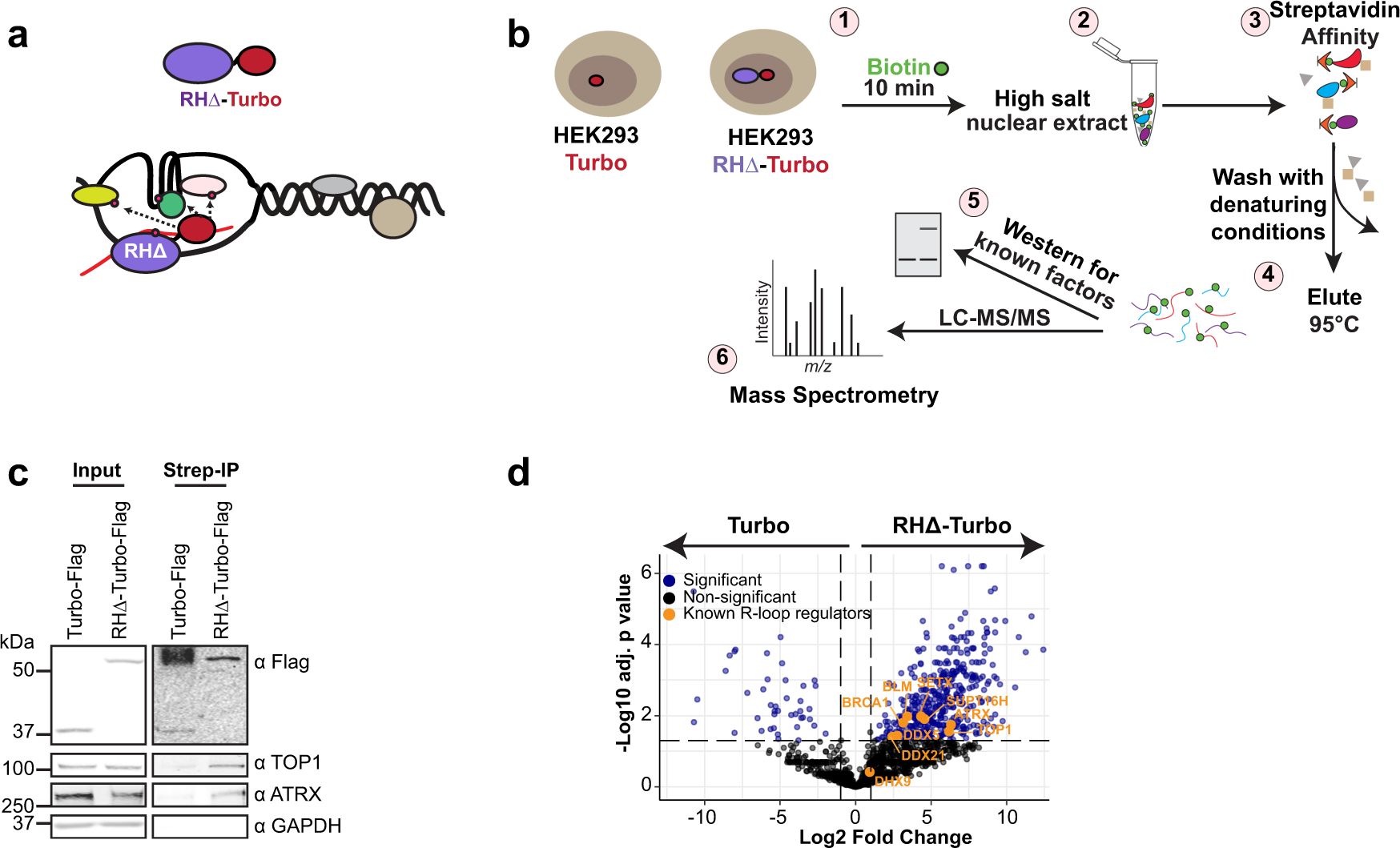

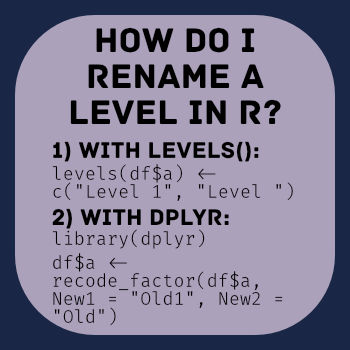
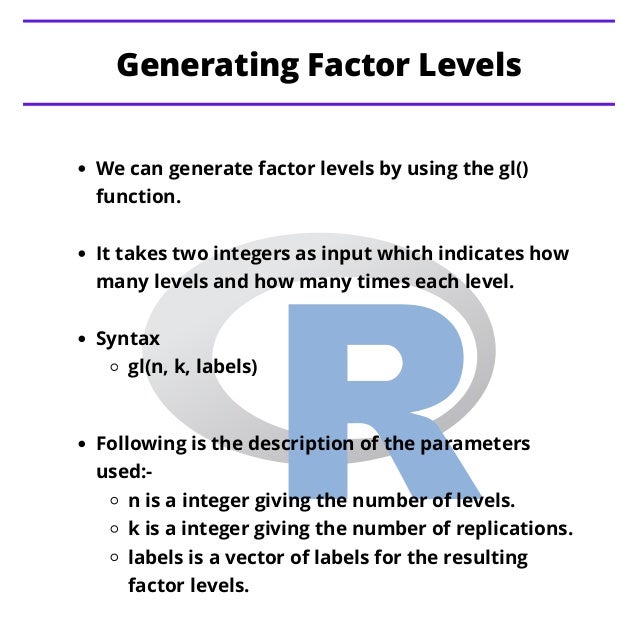
Post a Comment for "45 r factor levels labels"